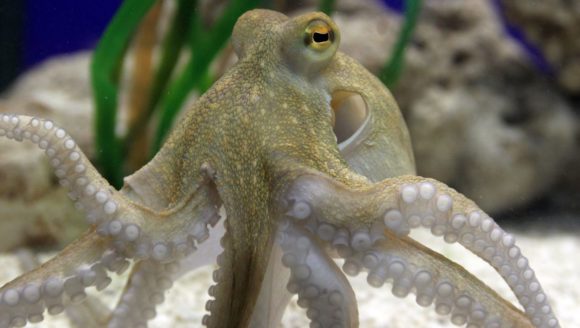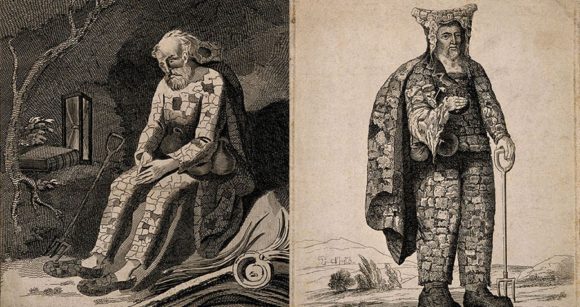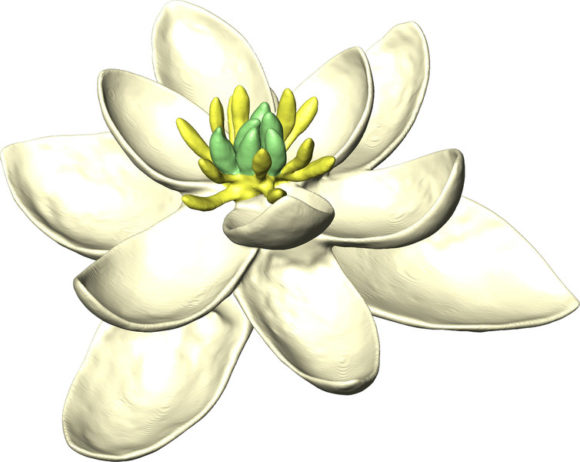Planet of the Octopuses
Octopuses have a lot to tell us about the nature of consciousness…
From qz.com,
CEPHALOPODS RISING
Octopus research shows that consciousness isn’t what makes humans special
“Whether or not octopuses should be viewed as charming or terrifying very much depends on your personal perspective. But it’s hard to deny their intelligence.
Octopuses can squirt water at an annoyingly bright bulb until it short-circuits. They can tell humans apart (even those who are wearing the same uniform). And, according to Peter Godfrey-Smith, a philosophy professor at University of Sydney and City University of New York, they are the closest creature to an alien here on earth.
That’s because octopuses are the most complex animal with the most distant common ancestor to humans. There’s some uncertainty about which precise ancestor was most recently shared by octopuses and humans, but, Godfrey-Smith says, “It was probably an animal about the size of a leech or flatworm with neurons numbering perhaps in the thousands, but not more than that.”
This means that octopuses have very little in common with humans, evolution-wise. They have developed eyes, limbs, and brains via a completely separate route, with very different ancestors, from humans. And they seem to have come by their impressive cognitive functioning—and likely consciousness—by different means…”
For the rest, click here.
Share



